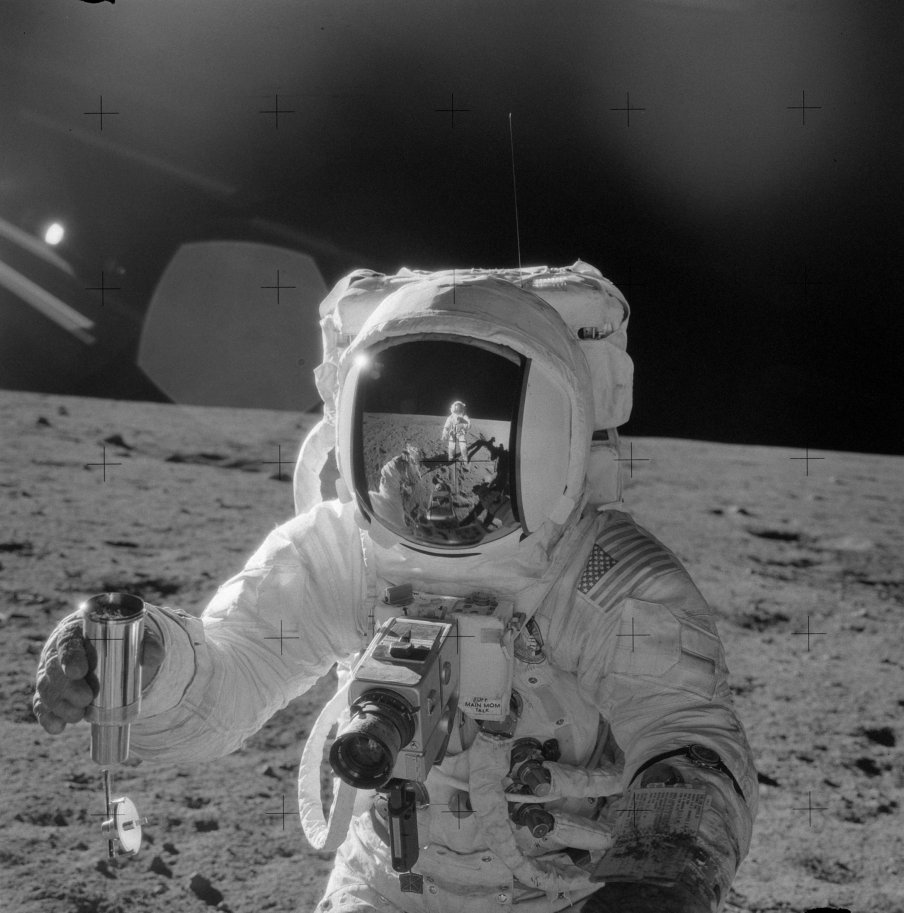 The moon can be seen tracking across the sky night after night. We watch it rise from the Eastern horizon and set into the Western horizon early each morning, and it has been the source of mystery and speculation since the dawn of human existence. Many of the theories we had about the moon have been debunked, particularly since the space race, and we know more about the moon now than ever before.
The moon can be seen tracking across the sky night after night. We watch it rise from the Eastern horizon and set into the Western horizon early each morning, and it has been the source of mystery and speculation since the dawn of human existence. Many of the theories we had about the moon have been debunked, particularly since the space race, and we know more about the moon now than ever before.
Atmosphere Of The Moon
The atmosphere of the moon is very different from the atmosphere on earth. While the earth actually has an air temperature, the moon's atmosphere is so thin that there is no air temperature. The atmosphere of the moon is considered to be surrounded by a vacuum, but there are atomic particles from the moon's surface create a “lunar atmosphere” for scientific purposes. This lunar atmosphere is comprised mostly of argon and helium. It cannot absorb measurable amounts of radiation. Sound cannot travel on the moon because of the lack of an atmosphere. There is also no “daytime” or “nighttime” because of the lack of an atmosphere. We can see the reflection of the sun off the moon's surface at night, but unlike earth, there is no atmosphere to trap sunlight.
What Does No Atmosphere Mean?
Because of the lack of atmosphere, there is no air temperature. There is no daylight, and sound cannot be transmitted. The scientific lunar atmosphere is generated by electrostatic activity of “moon dust” and other ions which may be present in space.
Because there is no real atmosphere of the moon, it is unfit for any type of habitation. That means the moon could not sustain life of any kind, whether it be plant, animal, or anything else in between. While moon missions have been proven, the moon's atmosphere is not capable of creating or sustaining life of any kind.
